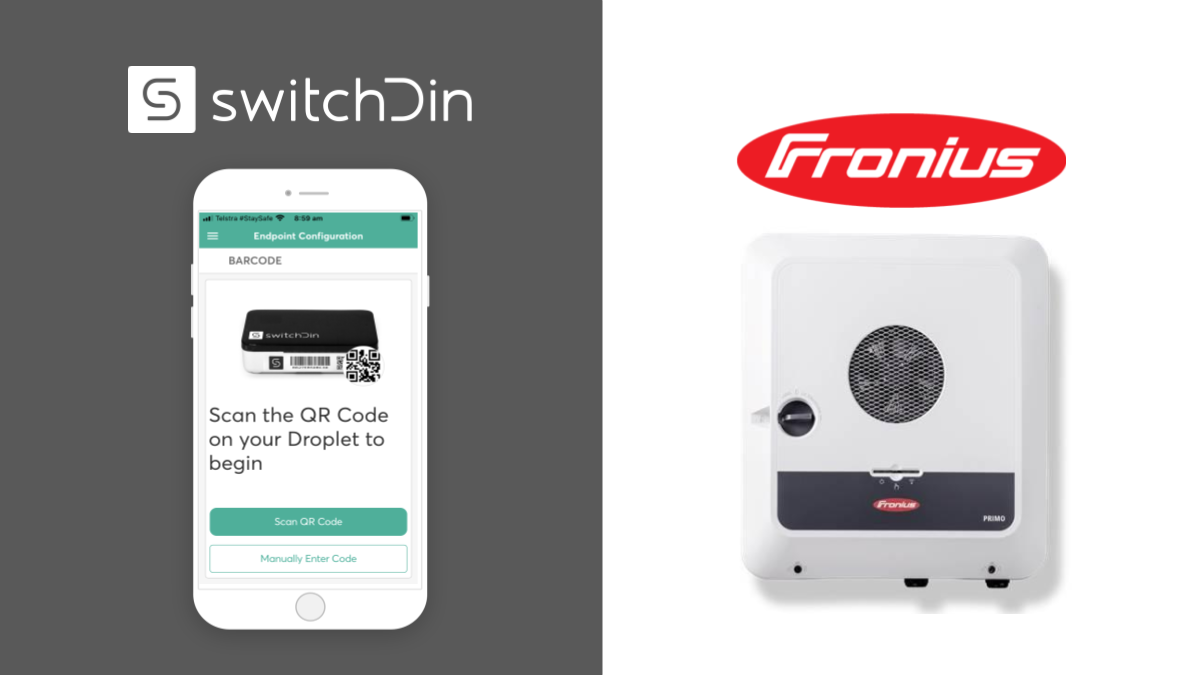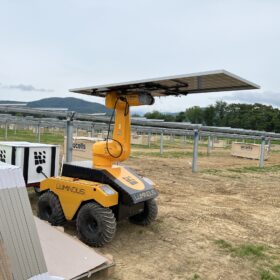The Clean Energy Regulator (CER) has reported that Australia is on track to add a staggering 6.3 GW of new renewable energy capacity in 2020, including almost 3 GW of rooftop solar.
The CER welcomed the growth but warned the rise in small-scale PV presented a real threat to grid stability with the development of integration strategies shaping as critical in the transition to a renewable energy future.
SwitchDin CEO Andrew Mears said the need for technology manufacturers to adopt a collaborative approach would be critical in improving and maintaining the integrity of the grid.

Image: SwitchDin
“Many manufacturers are looking to drive a single-vendor solution but intra-operability is key,” he said. “We’ve been through a phase where we’ve seen quite large single-vendor solutions but I think the market is quite sensitive to that risk.
“Taking a multi-vendor approach means more systems can be efficiently coordinated. It also means a certain level of standardisation.
“At the moment it’s a very fragmented market. Solar and battery systems differentiate themselves with different features and different capabilities so being able to standardise in terms of data and control is really a key enabler. It makes it easier to integrate with networks and retailers.”
SwitchDin, recently named winner of the World Energy Council’s Start-up Energy Transition award in the Digital Energy Systems category, said the company provides technology which integrates with most popular PV inverter and battery storage systems.
Austrian-based inverter and battery manufacturer Fronius is among those that have worked with SwitchDin and Fronius Australia solutions manager Rod Dewar said the collaboration would allow customers to tap into more initiatives for rooftop solar and battery storage.
Fronius’ range of hybrid inverters are compatible with SwitchDin’s Droplet controllers and Stormcloud cloud platform, ensuring they satisfy the virtual power plant (VPP) readiness requirement under South Australia’s Home Battery Scheme (HBS) and are eligible for a subsidy of up to $3000. Homeowners in Victoria who install a similar system can also access a solar battery rebate program.
Fronius inverters can also be paired with SwitchDin Droplets to meet South Australia’s mandatory ‘Remote Disconnection and Reconnection’ requirement under the Smarter Homes initiative.
In addition to meeting basic criteria for the HBS and Smarter Homes programs, Fronius systems coupled with SwitchDin Droplets will let small-scale solar and battery systems contribute more proactively to grid stability and efficiency and are also eligible to participate in an expanding range of VPP programs.
Mears said VPPs had emerged as “the next stage of an evolving energy service market,” providing increased value for solar and battery systems .
“VPPs are going to enable new types of partnerships between electricity networks and the retailers and the customers,” he said.
The Australian Energy Market Operator (AEMO) has backed VPPs, declaring them capable of delivering a range of services for the power system as well as creating new revenue streams for owners of distributed energy resources like rooftop PV and battery storage.
“Value streams exist in the market at the moment only with the big batteries, the big generators,” Mears said.
“VPPs are actually democratising that opportunity. They’re enabling smaller players to participate in the energy market and unlock other value streams in the energy network. They will also unlock opportunities for owners to get more from their systems while contributing to the stability of the electricity grid.”
This content is protected by copyright and may not be reused. If you want to cooperate with us and would like to reuse some of our content, please contact: editors@pv-magazine.com.









By submitting this form you agree to pv magazine using your data for the purposes of publishing your comment.
Your personal data will only be disclosed or otherwise transmitted to third parties for the purposes of spam filtering or if this is necessary for technical maintenance of the website. Any other transfer to third parties will not take place unless this is justified on the basis of applicable data protection regulations or if pv magazine is legally obliged to do so.
You may revoke this consent at any time with effect for the future, in which case your personal data will be deleted immediately. Otherwise, your data will be deleted if pv magazine has processed your request or the purpose of data storage is fulfilled.
Further information on data privacy can be found in our Data Protection Policy.